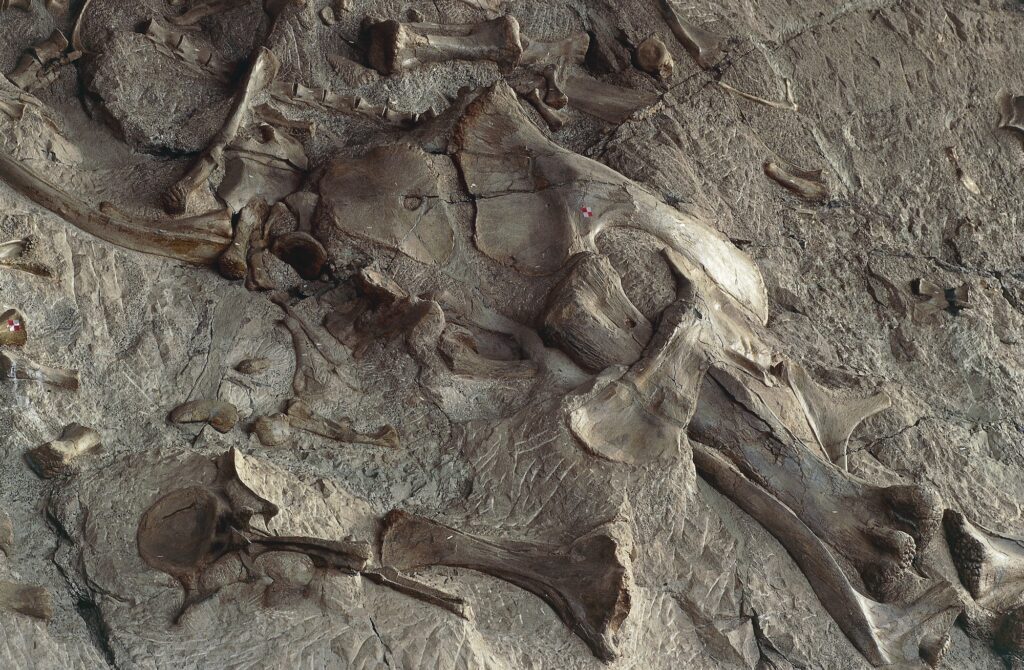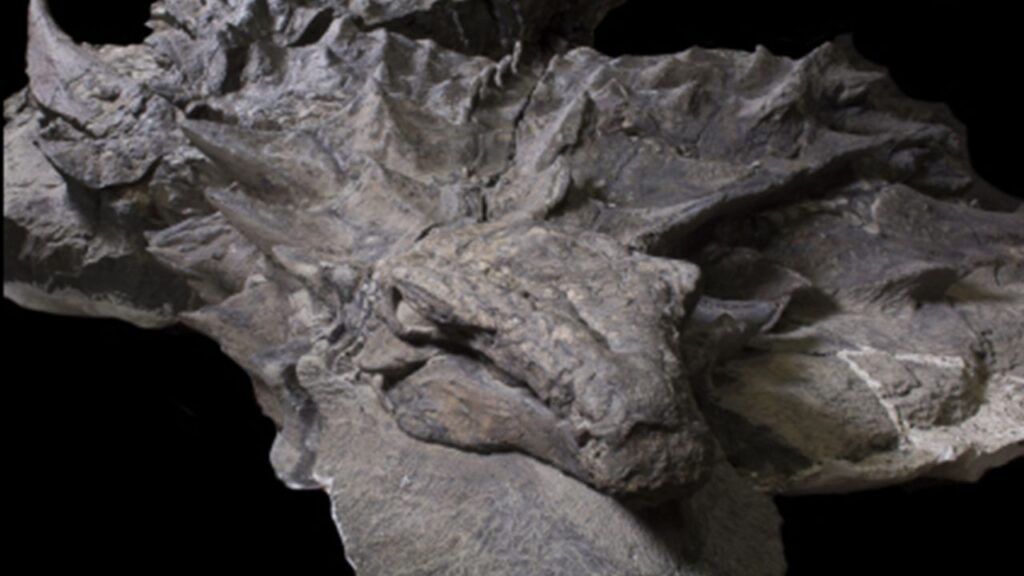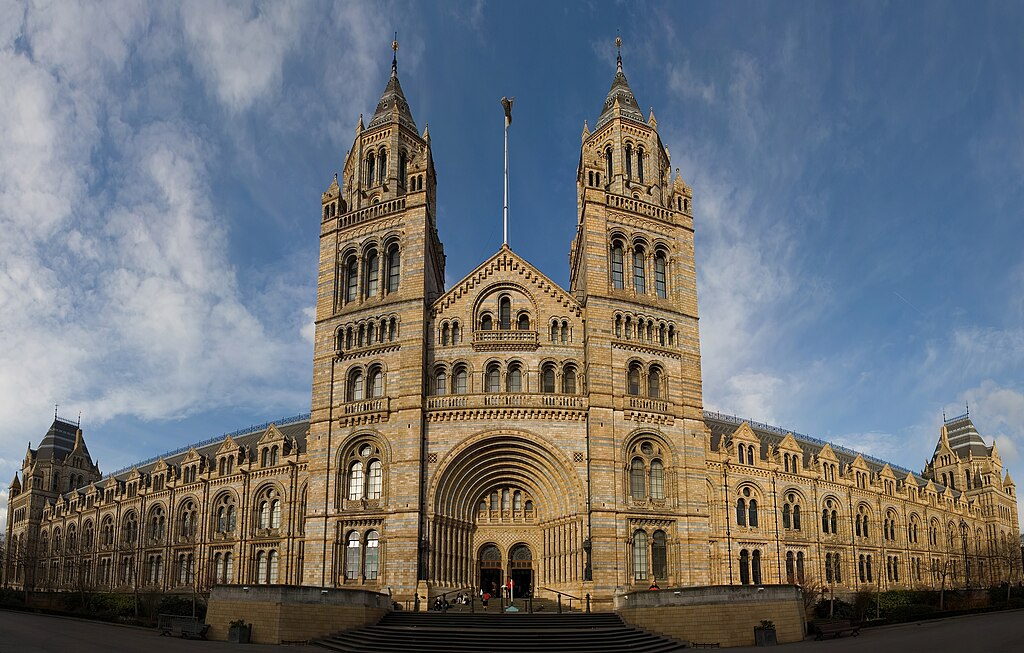In the sprawling narrative of Earth’s history, fossils have long been our primary window into ancient life. Yet, for every bone that transforms into stone, countless others dissolve into dust, leaving silent gaps in our understanding of the past. The study of erosion—how it affects bones and what it reveals about remains that never became fossils—offers fascinating insights into both the geological processes that shape our planet and the biological remnants that almost completely vanish from the record. This exploration of “ghost fossils” and taphonomic processes opens new perspectives on preservation bias and helps paleontologists develop more comprehensive views of prehistoric ecosystems.
The Rarity of Fossilization
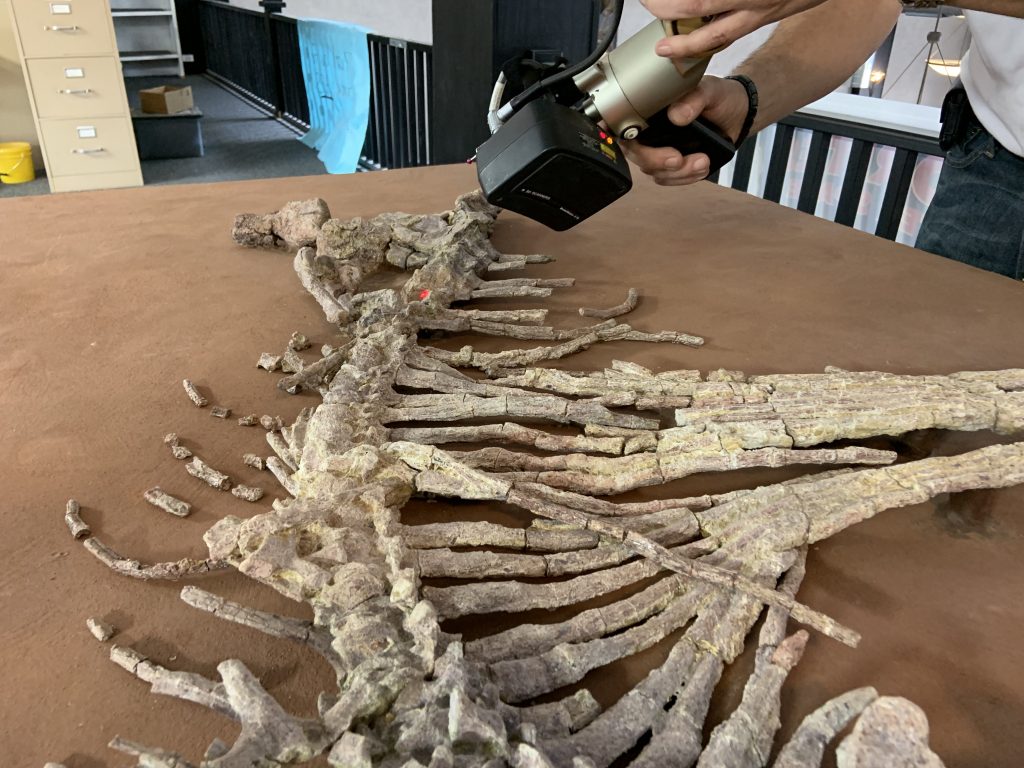
Fossilization is an exceptionally rare phenomenon, with some estimates suggesting that less than one percent of all organisms that ever lived become fossilized. The vast majority of bones, shells, and other hard parts simply decompose or erode away, leaving no trace in the geological record. This preservation bias significantly skews our understanding of ancient biodiversity, creating what paleontologists call “the preservation filter.” Animals with robust skeletons, those that lived in environments conducive to rapid burial, or those that existed in vast numbers are disproportionately represented in the fossil record. Meanwhile, entire ecosystems—particularly those in acidic environments or exposed landscapes—may leave virtually no direct fossil evidence despite having been vibrant, species-rich communities that existed for millions of years.
Erosion as a Destructive Force
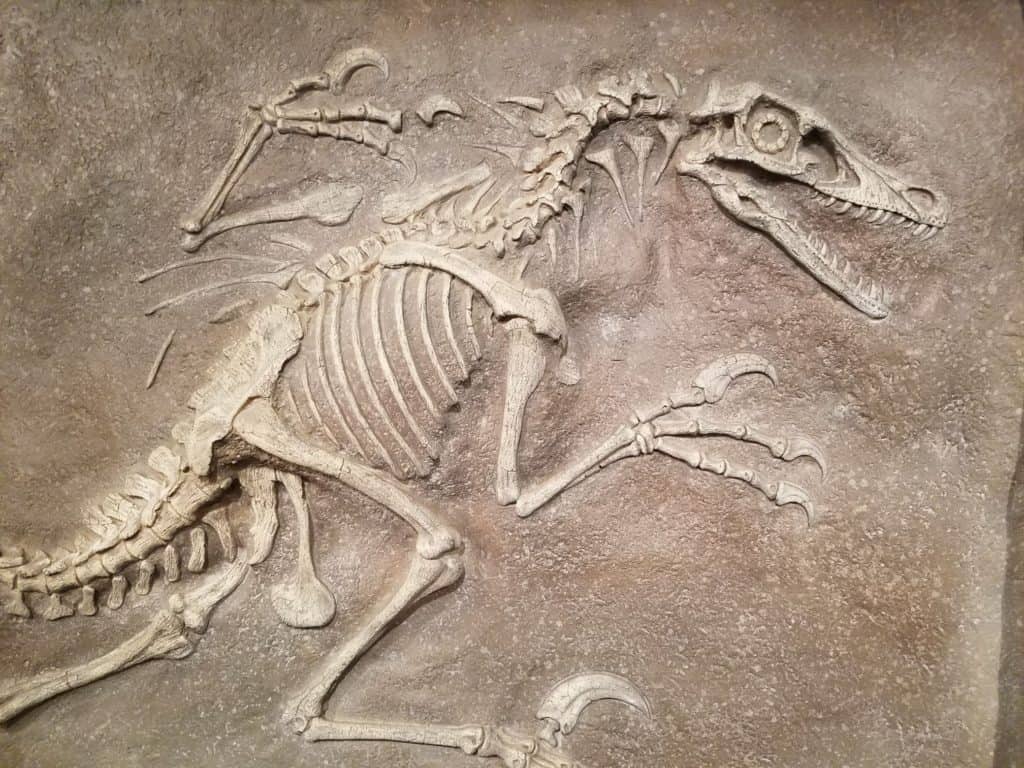
Erosion represents one of the most significant destructive forces preventing fossilization. When bones remain exposed on the surface rather than being quickly buried, they become vulnerable to physical weathering from wind, water, temperature fluctuations, and other environmental factors. Chemical erosion also plays a crucial role, as rainwater—especially when acidified—can dissolve the calcium phosphate in bones, essentially erasing them molecule by molecule. The speed of this erosional process varies dramatically based on climate conditions; bones in arid environments may persist for centuries, while those in tropical rainforests might completely disappear within a decade. Studying these varying rates of decomposition helps paleontologists better understand the gaps in the fossil record and why certain environments and time periods yield fewer fossils than others.
Taphonomic Processes: The Science of Decay

Taphonomy—the study of what happens to organisms after death—has become an essential discipline for understanding preservation bias. By examining modern bone accumulations and their degradation patterns, taphonomists create models that help interpret ancient deposits. Experimental taphonomy involves deliberately exposing modern bones to different environmental conditions and carefully documenting how they break down over time. These studies reveal that bones don’t simply disappear uniformly but follow predictable patterns of degradation based on their structure, density, and the specific environmental agents affecting them. For instance, smaller, less dense bones like vertebrae or finger bones typically disappear much faster than dense leg bones or teeth, creating a “differential preservation” pattern that skews the fossil record toward certain body parts and, consequently, certain types of animals.
Bone Beds: Snapshots of Mass Mortality
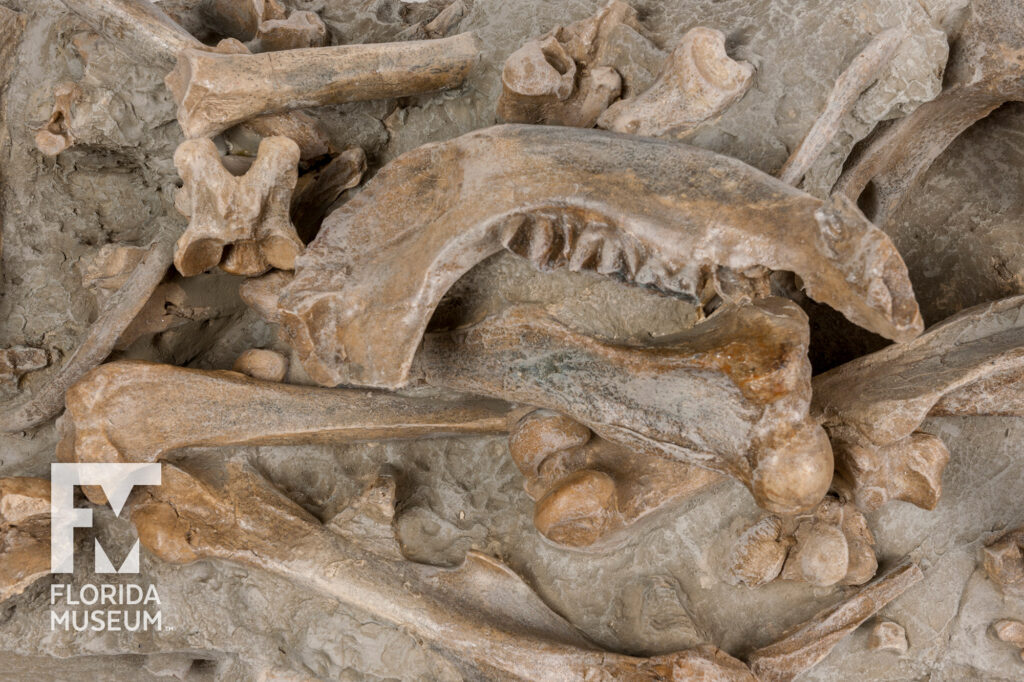
Bone beds—dense accumulations of skeletal remains—offer valuable insights into what happens when erosion and preservation forces compete. These remarkable deposits typically form when multiple animals die simultaneously (perhaps in a drought or flood) or when bones accumulate in a particular location over time (such as at water holes or predator dens). By analyzing which bones survive in these concentrated deposits versus which ones disappear, researchers can extrapolate what might have been lost in less favorable preservation environments. The famous La Brea Tar Pits in Los Angeles provide an excellent example of exceptional preservation, where even delicate bones survived due to the protective properties of the asphalt. By contrast, comparable bone accumulations in acidic environments like peat bogs might preserve only the most resistant teeth and densest bone elements, with everything else dissolved away completely.
Ghost Fossils and Trace Evidence
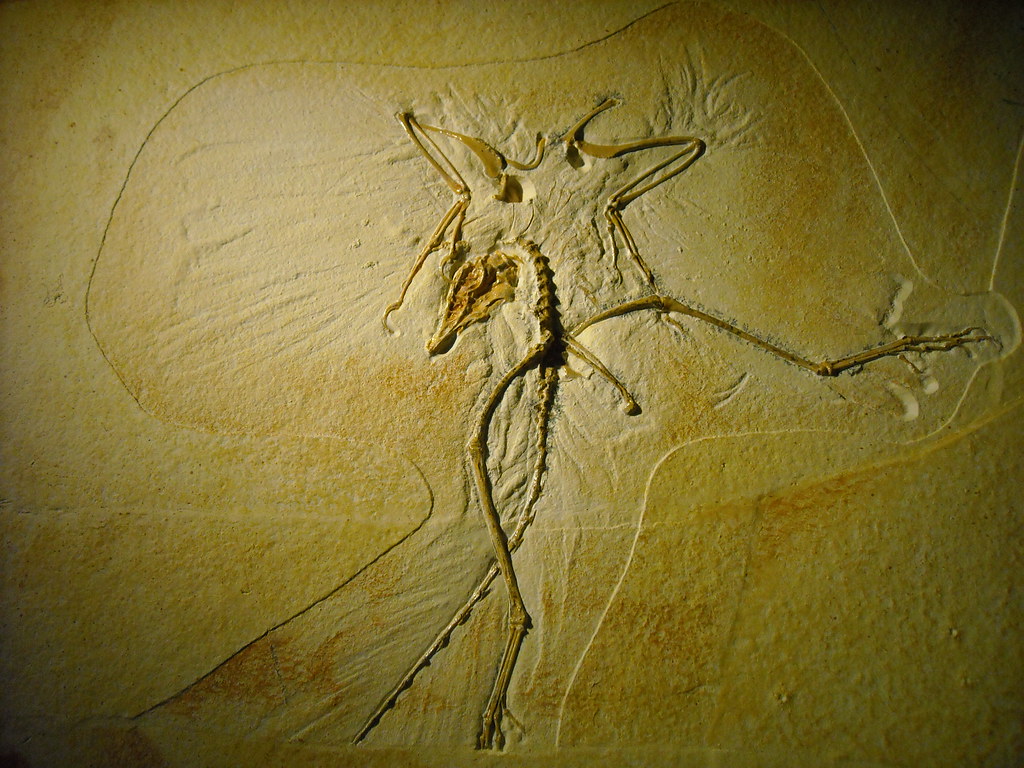
Sometimes, bones that completely dissolve away still leave subtle evidence of their existence in what paleontologists call “ghost fossils.” These can take various forms, from mineral-filled voids where bones once existed to subtle impressions in sediment. In some remarkable cases, soft tissues decay more slowly than bones in certain chemical environments, leaving behind impressions of skin, feathers, or other structures while the skeleton itself has disappeared. The Solnhofen limestone of Germany, famous for preserving Archaeopteryx specimens, contains numerous examples of “negative fossils” where the hard parts dissolved but left perfect impressions in the fine-grained sediment. These ghost fossils remind us that absence of evidence isn’t necessarily evidence of absence—sometimes we’re simply looking for the wrong signatures of ancient life.
Biomolecular Persistence
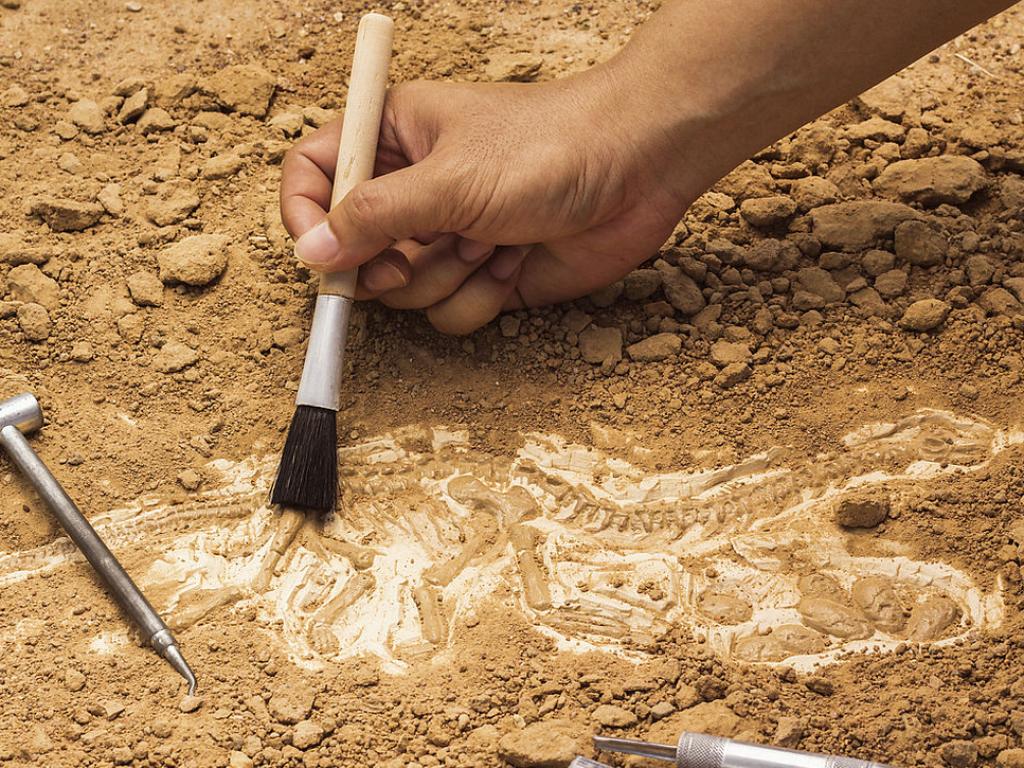
Even when bones physically erode away, they sometimes leave behind biomolecular evidence of their existence. Proteins, lipids, and DNA fragments can bind to mineral particles in soil or sediment, potentially preserving tiny biochemical signatures long after the physical structure has disappeared. Advanced analytical techniques like proteomics and environmental DNA sampling are revealing these previously invisible traces of ancient life. In some cases, researchers have detected animal proteins in sediments where no visible fossils exist, suggesting the presence of species that would otherwise be completely unknown from that time and place. These molecular approaches are particularly promising for understanding ecosystems in environments hostile to conventional fossilization, such as rainforests or acidic wetlands, where physical preservation is exceptionally rare.
The Bias Toward Marine Environments
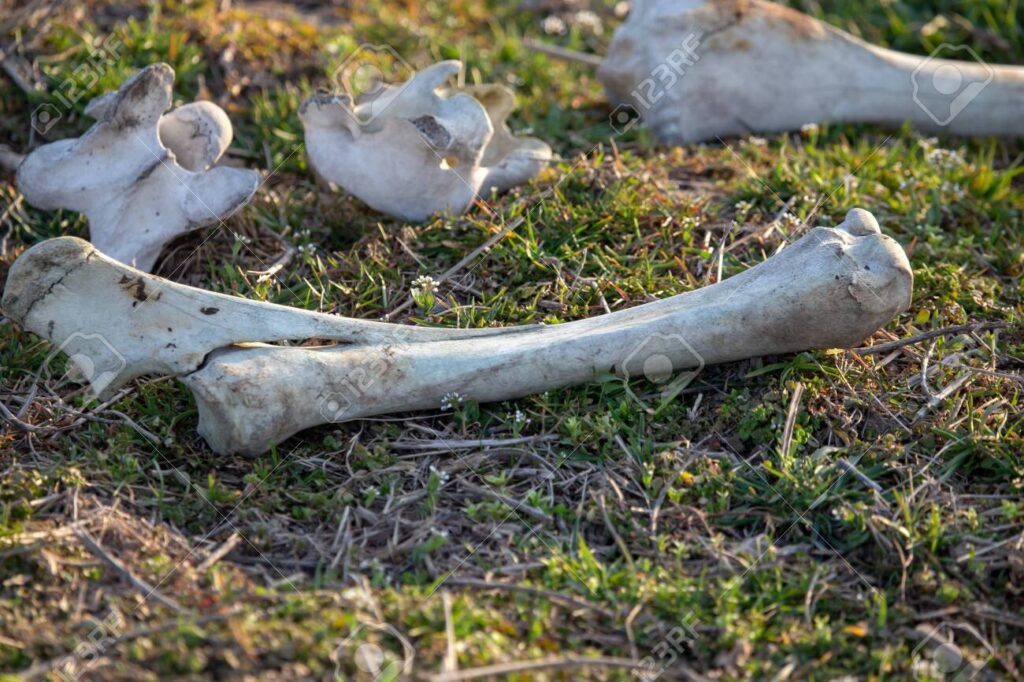
The fossil record shows a strong preservation bias toward marine environments, where rapid burial in oxygen-poor sediments dramatically increases fossilization potential. By contrast, terrestrial environments—especially forests, mountains, and other settings where erosion dominates over deposition—preserve far fewer fossils. This disparity creates significant challenges for understanding the evolution of land animals, as entire lineages may be represented by only fragmentary remains from rare preservation sites. For example, the early evolution of primates is particularly difficult to trace because these animals lived primarily in forests, environments where erosional forces typically destroy bones before they can fossilize. By studying how modern primate remains decay in forest settings, researchers can better interpret the sparse fossil evidence and make more informed inferences about the missing links in our evolutionary history.
Experimental Archaeology and Bone Weathering

Experimental archaeology provides valuable insights into how erosion affects bones before they have a chance to fossilize. Researchers conduct controlled experiments by placing animal bones in various environments and documenting their degradation over months and years. These studies have revealed distinct weathering stages, from superficial cracking to complete disintegration, each providing clues about environmental exposure and time since death. The pioneering work of researcher Anna K. Behrensmeyer established a six-stage weathering sequence for bones in African savanna environments, creating a framework now applied worldwide. Similar experimental approaches in different biomes—from arctic tundra to tropical rainforests—help paleontologists calibrate their expectations for what might survive in different ancient environments and better understand the systematic biases in the fossil record.
Climate’s Impact on Preservation
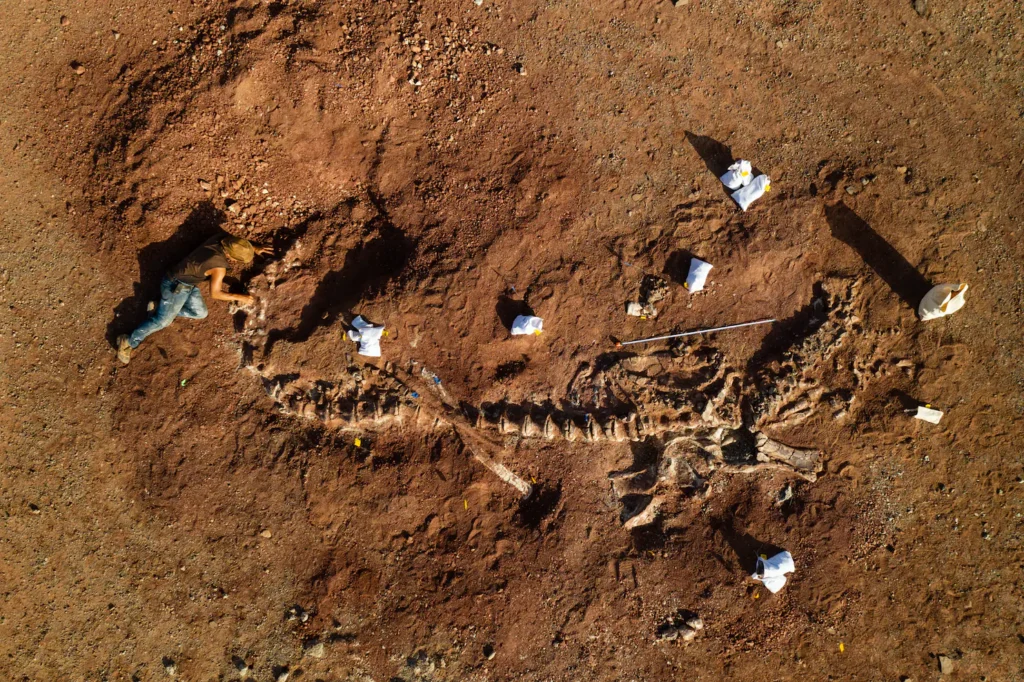
Climate exerts perhaps the most profound influence on whether bones erode away or persist long enough to potentially fossilize. In arid environments, the lack of moisture slows both biological and chemical decomposition, allowing bones to remain intact for remarkably long periods—sometimes centuries or even millennia. Conversely, in humid tropical environments, bones may completely disappear within a few years due to accelerated decomposition from microorganisms and acidic soils. This climate-driven preservation bias means our understanding of ancient life is significantly better for organisms that lived in arid or temperate environments than for those from tropical regions. Paleoclimatologists and taphonomists now work together to model how past climate shifts would have affected preservation potential, helping to distinguish between genuine evolutionary patterns and mere preservation artifacts in the fossil record.
Soil Chemistry and Bone Dissolution

The chemical composition of soil plays a decisive role in determining whether bones erode away or persist long enough to potentially fossilize. Acidic soils, particularly those with pH levels below 6.5, actively dissolve bone mineral, often completely erasing skeletal material within decades. This explains why tropical forest floors, typically acidic from decomposing vegetation, rarely preserve bones for extended periods. Conversely, alkaline soils with high calcium content can actually help preserve bones by creating a chemical environment that discourages dissolution. Permineralization—the process where minerals replace organic materials in bones—requires specific chemical conditions including dissolved minerals and appropriate pH levels. By analyzing modern soil chemistry and its effects on bone preservation across different ecosystems, researchers can better interpret the absence of fossils in certain ancient environments and avoid drawing false conclusions about past biodiversity based solely on preserved remains.
Predicting Preservation Patterns
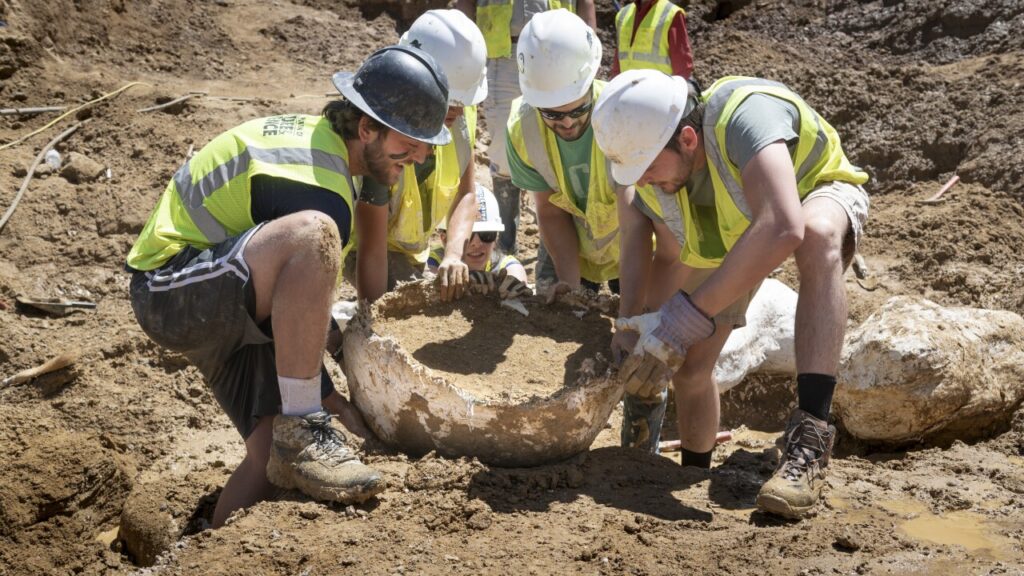
The study of erosional forces on bones allows paleontologists to develop predictive models about where fossils are most likely to be found and what types of organisms are most likely to be preserved. These models incorporate factors such as original bone density, burial rate, sediment type, groundwater chemistry, and geological stability. More sophisticated approaches now integrate climate models, paleogeography, and ecological information to create comprehensive “preservation potential maps” for different time periods and regions. Such predictive frameworks help researchers target their fieldwork more effectively, focusing on areas where preservation conditions were favorable rather than spending resources in regions where erosional forces likely eliminated most fossil evidence. Additionally, these models help scientists quantify the expected preservation bias in different settings, allowing them to statistically adjust their interpretations of ancient biodiversity to account for the skewing effects of differential preservation.
The “Shadow Record” Approach
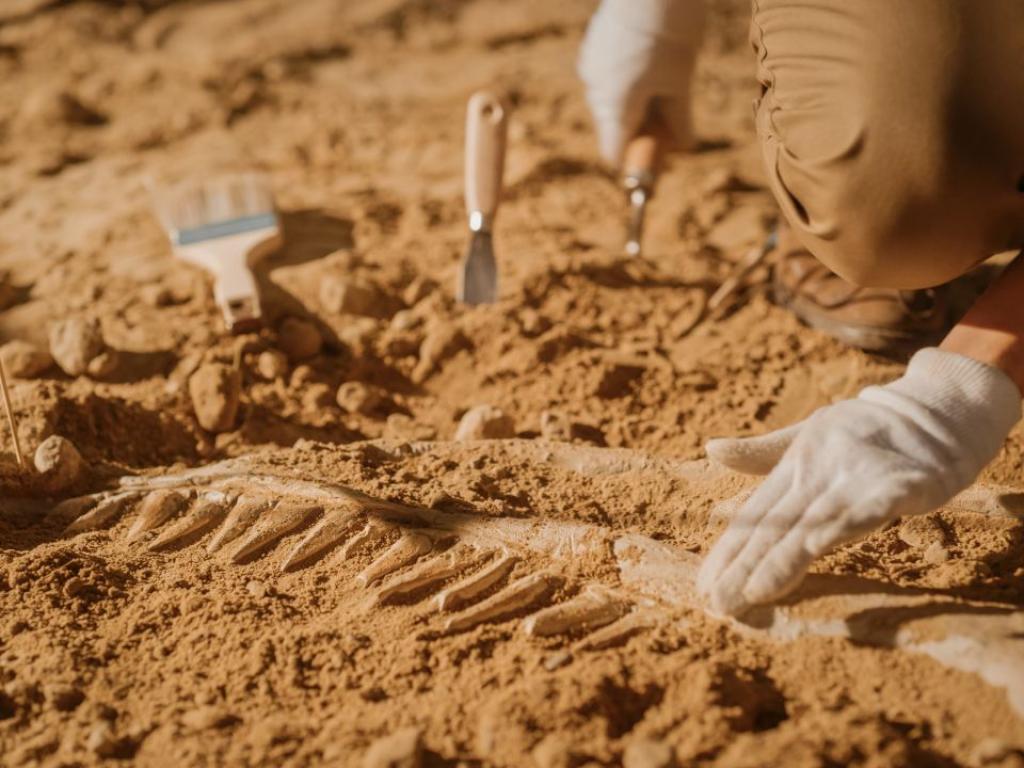
To address the enormous gaps created by bones that erode away before fossilization, paleontologists increasingly employ what some call the “shadow record” approach—inferring the presence of species that should have existed but left no direct fossil evidence. This method combines phylogenetic analysis, ecological principles, and biogeographical patterns to identify probable “ghost lineages” that must have existed to connect known fossil species. For example, if two related species are found in fossil deposits separated by ten million years, researchers can reasonably infer that intermediate forms existed during the intervening time, even if erosional forces eliminated their physical remains. The shadow record approach has been particularly valuable for understanding the evolution of groups like bats, birds, and primates—animals whose delicate skeletons and forest habitats make them especially vulnerable to erosional loss from the fossil record. By acknowledging these systematic preservation biases, paleontologists can construct more complete and accurate evolutionary narratives despite the limitations imposed by erosion.
Lessons for Modern Conservation
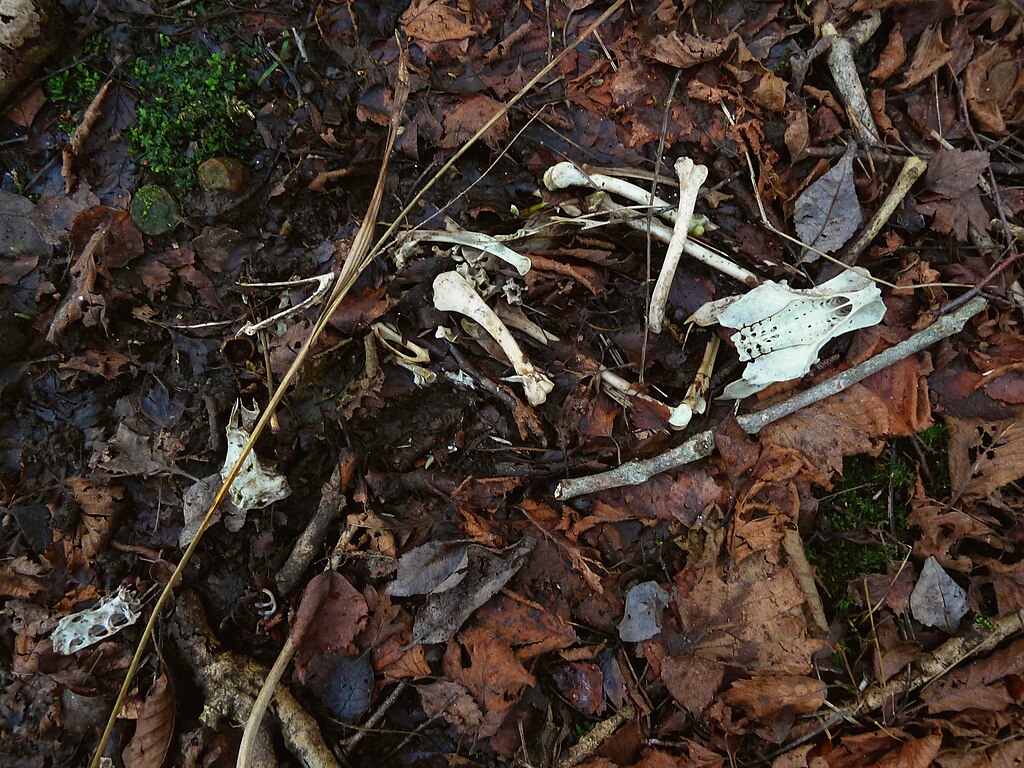
The study of erosion’s effects on bones offers surprising insights relevant to modern conservation biology and our understanding of contemporary extinction patterns. By recognizing how preservation biases skew the fossil record, scientists gain perspective on how modern biodiversity monitoring might similarly overlook certain species or ecosystems. Conservation paleobiology applies lessons from the fossil record to present-day conservation challenges, helping identify which modern ecosystems are likely to leave minimal evidence for future scientists. This perspective becomes increasingly valuable as we consider the long-term documentation of the current biodiversity crisis. Species disappearing from tropical rainforests today may leave almost no physical trace in the geological record, highlighting the urgent need for comprehensive documentation beyond what natural preservation processes might provide. By understanding what erosion teaches us about bones that never fossilized, we gain a deeper appreciation for both the incompleteness of our knowledge about past life and the importance of thoroughly documenting present biodiversity before more species vanish without a trace.
Conclusion
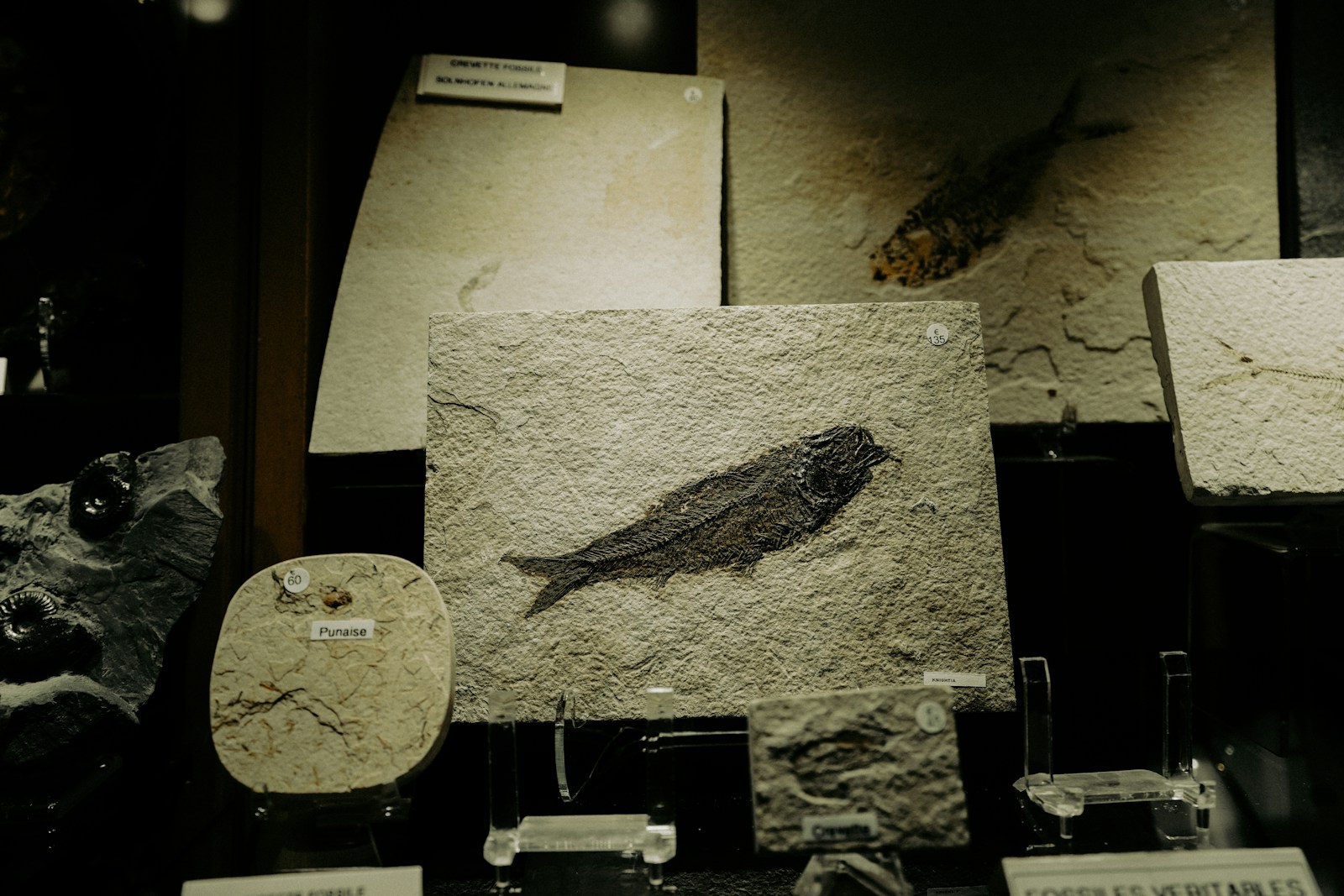
The study of erosion and its effects on bones that never fossilized serves as a humbling reminder of the vast gaps in our knowledge of life’s history. While fossils provide remarkable windows into ancient worlds, they represent only a tiny, biased fraction of past biodiversity. By understanding the processes that destroy rather than preserve remains, paleontologists can better interpret the fossil record’s silences and develop more nuanced reconstructions of prehistoric ecosystems. This perspective encourages a more holistic approach to studying ancient life—one that combines traditional paleontology with taphonomy, geochemistry, climate science, and ecological modeling to illuminate the shadows between the fossil snapshots. As we continue developing new methods to detect increasingly subtle traces of vanished life, we may yet find ways to hear the whispers of species that erosion nearly erased from Earth’s great story.

